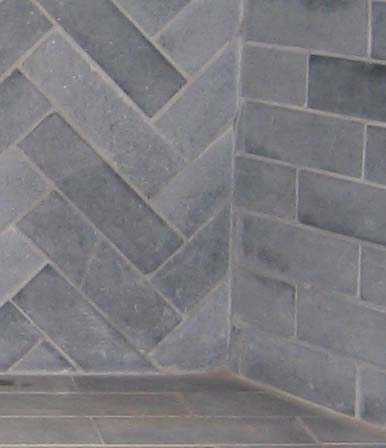Fireclay Mortar
2/24/14
|
Sodium silicate, or water glass, is a pretty good binder but it remains water soluble. Used to bind soapstone powder it would match the soapstone in color. Mixed with fireclay you might get a refractory mortar like HeatStop Premix of other air-setting refractory mortars. Okay, maybe, but the nice thing about HeatStop Premix is that it is tested and meets the ASTM C199 standard. Make it yourself and who know what you get? And ultimately it is still water slouble and leads to efflorecesne which is why we nearly always recommend a hydraulic-setting refractory mortar like HeatStop 50. Code has gotten fairly rigid in requiring only refractory mortar that meets ASTM C199 for the firebox, throat smoke chamber and flue linings. Code, however doesn't absolutly require a firebrick lining in the the firebox. It just requires the firebox walls to be thicker (10") if you don't use firebrick. And, if you don't use firebrick you don't have to use refractory mortar in the firebox. In other words you could use soapstone and lay it with a home-made soapstone refractory - a mixture of powdered soapstone and sodium silicate. Just make sure the firebox walls are 10" thick. You could, of course, use facebrick and regular Portland mortar but expect it to fall apart soon - which is why the code requires firebox walls to be 10" thick if firebrick and refractory mortar is not used.
|

Back to Article of Refractory Mortar
Buckley Rumford Fireplaces
Copyright 1995 - 2014 Jim Buckley
All rights reserved.
webmaster
